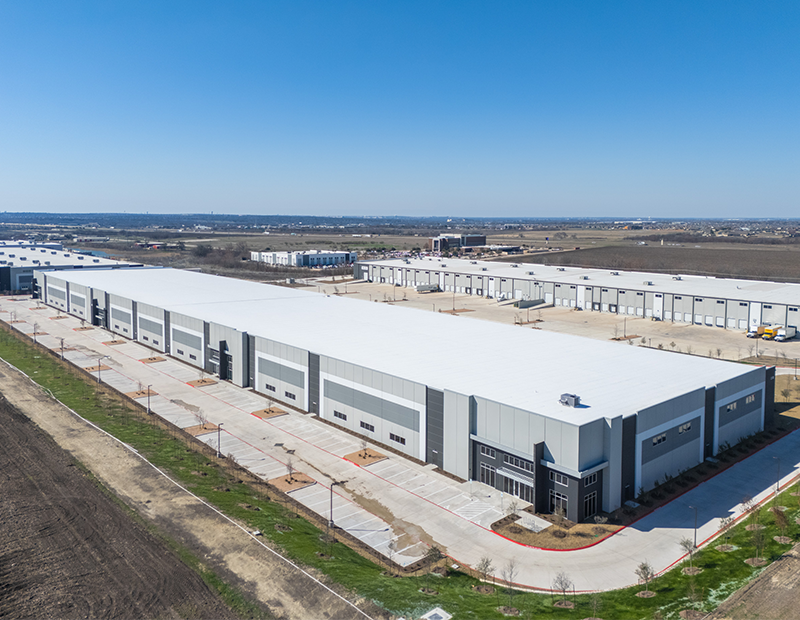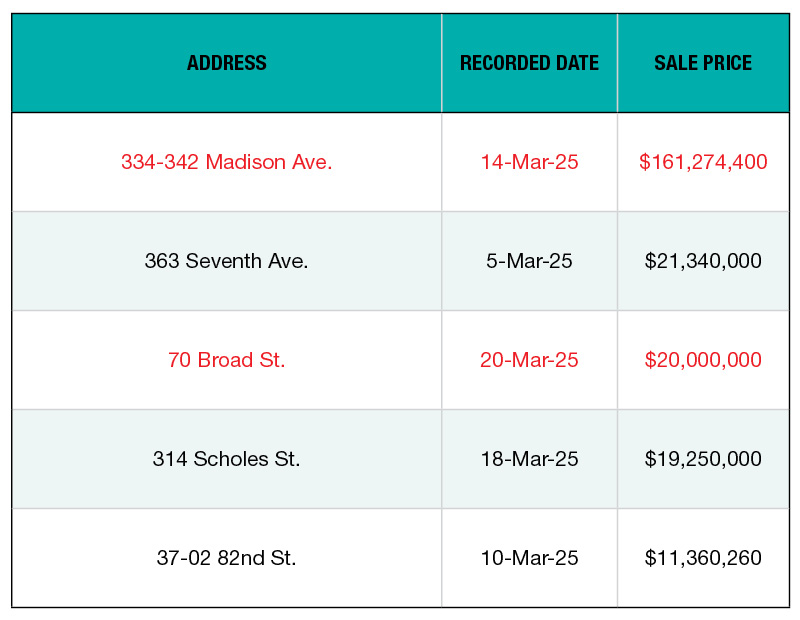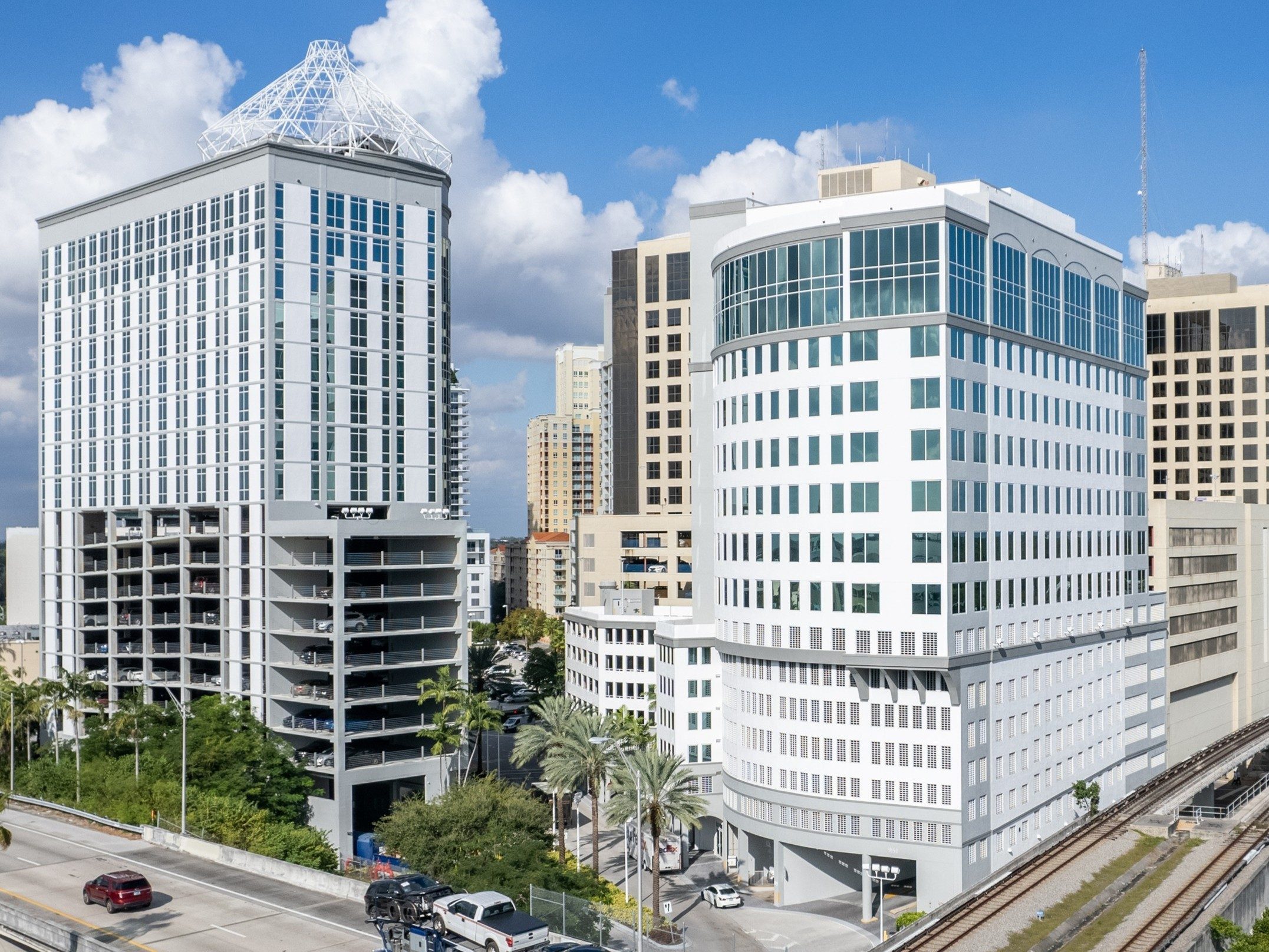Office REITs Remain on High Alert
There are certain challenges that all companies in the sector are facing, observes Chris Wimmer of Fitch Ratings.
U.S. offices are headed toward a reckoning as pandemic-driven vacancies and rising interest rates continue to hurt the sector. As a result, office REITs face an increasingly challenging environment around debt and equity sourcing and refinancing.
Yet not all office REITs are the same. There has been a bifurcation of office performance as the secular shift in remote working affects individual properties differently, depending on their quality and location. For the majority of the pandemic, stronger tenant demand has existed in newer construction close to transportation hubs, also known as Class A properties. Often these spaces include state-of-the-art technology, environmental certifications, flexible layouts and on-site amenities.
Unsurprisingly, older properties with rigid layouts and outdated plans are not experiencing this same demand. Unless sponsors spend significant capital rehabbing these spaces, it is likely they will start trending toward becoming obsolete. On the other hand, Class A demand is likely to continue persisting, especially compared to older or poorly located assets.
However, Fitch expects not all Class A properties will be immune to cash flow declines. Recent mass layoffs have led to meaningful reductions in office capacity utilization, particularly in the technology sector. For much of the last decade, these large tech companies were a key driver of core coastal office space demand in cities such as New York and San Francisco. As more tech companies downsize their staff, they are likely to lease substantially less office space.
One measure of this is the amount of sublease space currently on the market. Since 2020, sublease square footage for offices has increased substantially, and remains at elevated levels as large companies endeavor to rationalize their wide-ranging footprints. In particular, there has been a meaningful hike in the amount of five-star property availability that is comprised of sublease space, indicating that users in these Class A properties have an excess amount of space.
The upsides for office REITs
An upside to Class A properties’ generally gloomy outlook is that many tend to have longer lease terms and more stable tenants, providing consistency of rental cashflows while landlords decide on a longer-term strategy.
Overall, office REIT cash flows and margins remain under significant pressure. Declining cash flow growth and lower operating margins have been driven by increased operating expenses, as inflation and higher real estate taxes have burdened operators. Fitch expects continued further pressure on net operating income growth to the extent top-line rental revenues flatten or decline—and if operators are unable to pass through expenses to their tenants.
As the economy continues to present challenging conditions, increases in risk-free interest rates across the yield curve over the last 15 months will likely result in office cap rate increases as the market ascribes a higher risk premium to REITs’ cash flows. Additionally, a recession—or expectations of a recession—will likely result in companies reducing staff and reevaluations of space.
Chris Wimmer, CFA, is senior director, Fitch Ratings.








You must be logged in to post a comment.